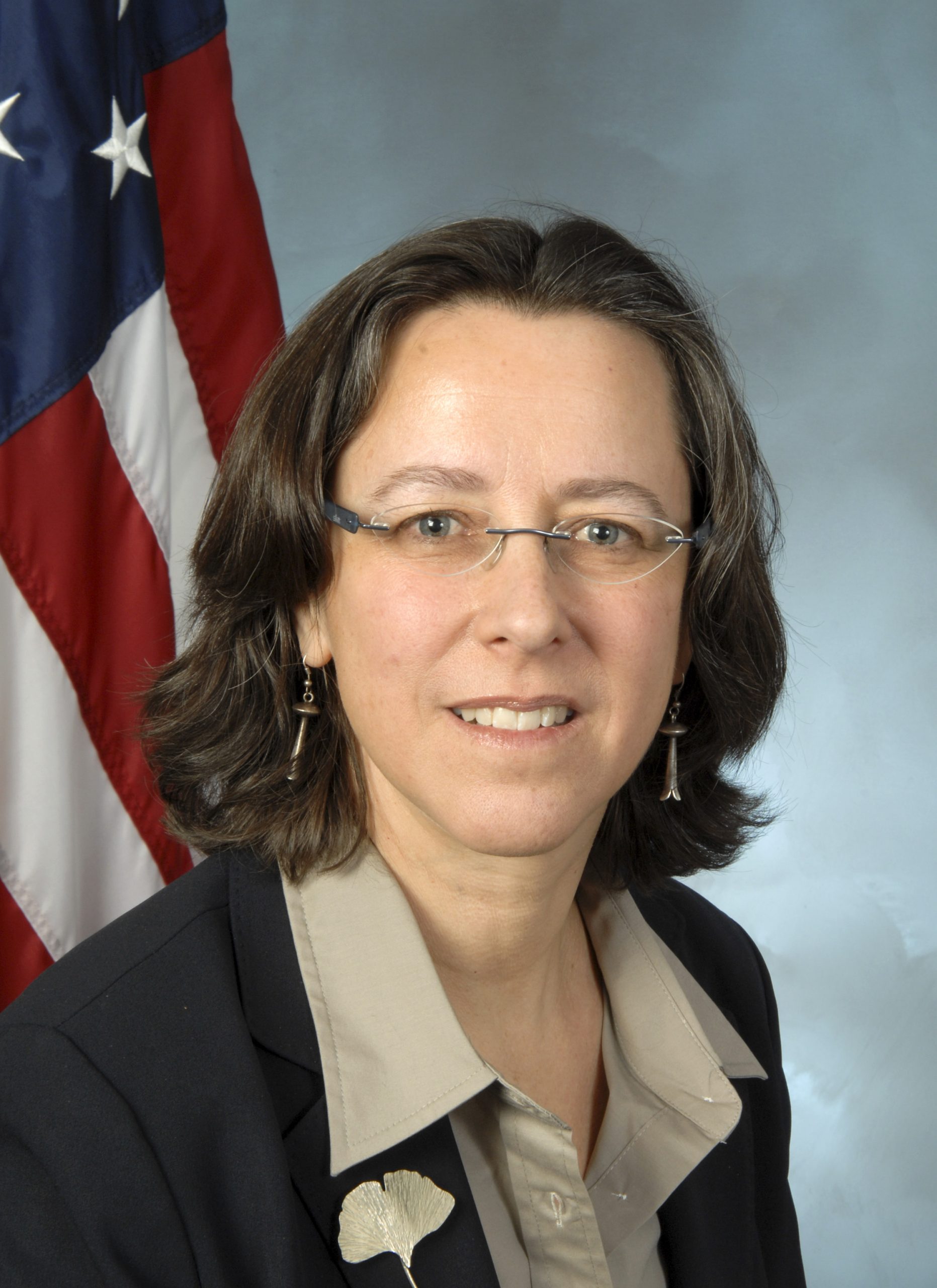In 2009, Shelley Poticha was named senior advisor for sustainable housing and communities at HUD and shortly thereafter director of HUD’s Office of Sustainable Housing and Communities. Environmental and sustainability advocates and practitioners noted her extensive qualifications and ability to lend a clear voice to an often-complex policy arena. Poticha previously served as president and CEO of Reconnecting America and as executive director of the Congress for the New Urbanism, helped create the LEED green buildings standards for neighborhood development (LEED-ND), and co-authored a book, Smart Growth in a Changing World. Two years into her tenure, Shelterforce spoke with Poticha about implementing sustainable policy at the federal level while encouraging local innovation, keeping down the cost of green housing, and effecting change while dealing with federal government bureaucracy.
You have a strong background in transportation, urban policy, and sound land-use planning. How does this, from a policy perspective, come into play when addressing housing issues?
I think they are all a part of the same set of issues. We like to talk about how, when people choose a home, they choose a neighborhood and a community. I think there’s a growing understanding in the housing community that just looking at the unit or the building is not sufficient whether we are talking about comprehensive sustainability, or talking about quality of life. A big part of the focus of the office that I run is to make the connection between the actions we make when we design a building or a home and how important it is to think about making that as healthy and energy efficient as possible.
We increasingly need to recognize that if one of our goals is environmental sustainability, a home in a location where you have to drive for almost every trip is not sustainable. And so, we need to think more comprehensively about both what we’re building and where we’re building, and then examine how that supports the vitality of a whole community. It’s really a set of ideas or interventions at almost every scale of the built environment.
There are arguments being made that ladling all these goals onto affordable housing restricts the number of units we can offer to people who are in need of housing. How do you address that concern?
I think that’s a real, huge, legitimate concern. We need to confront it head on by providing the tools and the support systems so that, for instance, a builder of affordable housing can take advantage of energy cost savings that might incur as a building is operated in order to offset initial upfront costs related to energy efficiency that might be more expensive.
We often talk about something we call the split incentive where it’s generally the tenants, the residents of a unit, that directly benefit from the cost savings of lower utility bills, whereas the building owner who has to install that solar panel or greener insulation or higher quality windows — how do they actually recoup some of those costs? One of the housing finance products that we recently unrolled is something called “Green Re-fi Plus,” which is a partnership with Fannie Mae to allow owners of multi-family buildings to refinance at lower interest rates, add on the costs of making energy improvements, and overall reduce their average monthly loan repayment costs. That, we think, could be a helpful incentive to get building owners to take advantage of these opportunities where they can take on the cost of these types of retrofits.
Again, this goes beyond the building. For instance, we now know that households that have to drive for every trip are, on average, spending half of their income just on housing and transportation. So, it seems to be logical that assisted housing ought to be in locations where people have viable, real, safe opportunities to walk, bike, and take transit for some of their trips. And, yet, because we haven’t always thought comprehensively about the kinds of changes that go on in communities, the land prices in transit corridors can be extraordinarily high, and that is often seen as a barrier to entry for affordable housing.
One of the things we do — which is still very small scale, but I’m hoping we’ll have more folks doing this — is the Community Challenge Planning Grant Program. This is a grant program that allows cities to both do the more detailed planning in neighborhoods to promote sustainable communities, as well as allowing upfront, proactive purchases of property in neighborhoods where we see those benefits of walking and biking and taking transit. So, while we have a dip in the real estate market, we’re giving cities the funds to go out and proactively secure these properties and start doing the planning work that’s necessary to get that type of housing in place without having the barrier to entry be high land costs. Those are a couple of ways we’re trying to address those issues — which are very real concerns and we can’t ignore them.





Comments